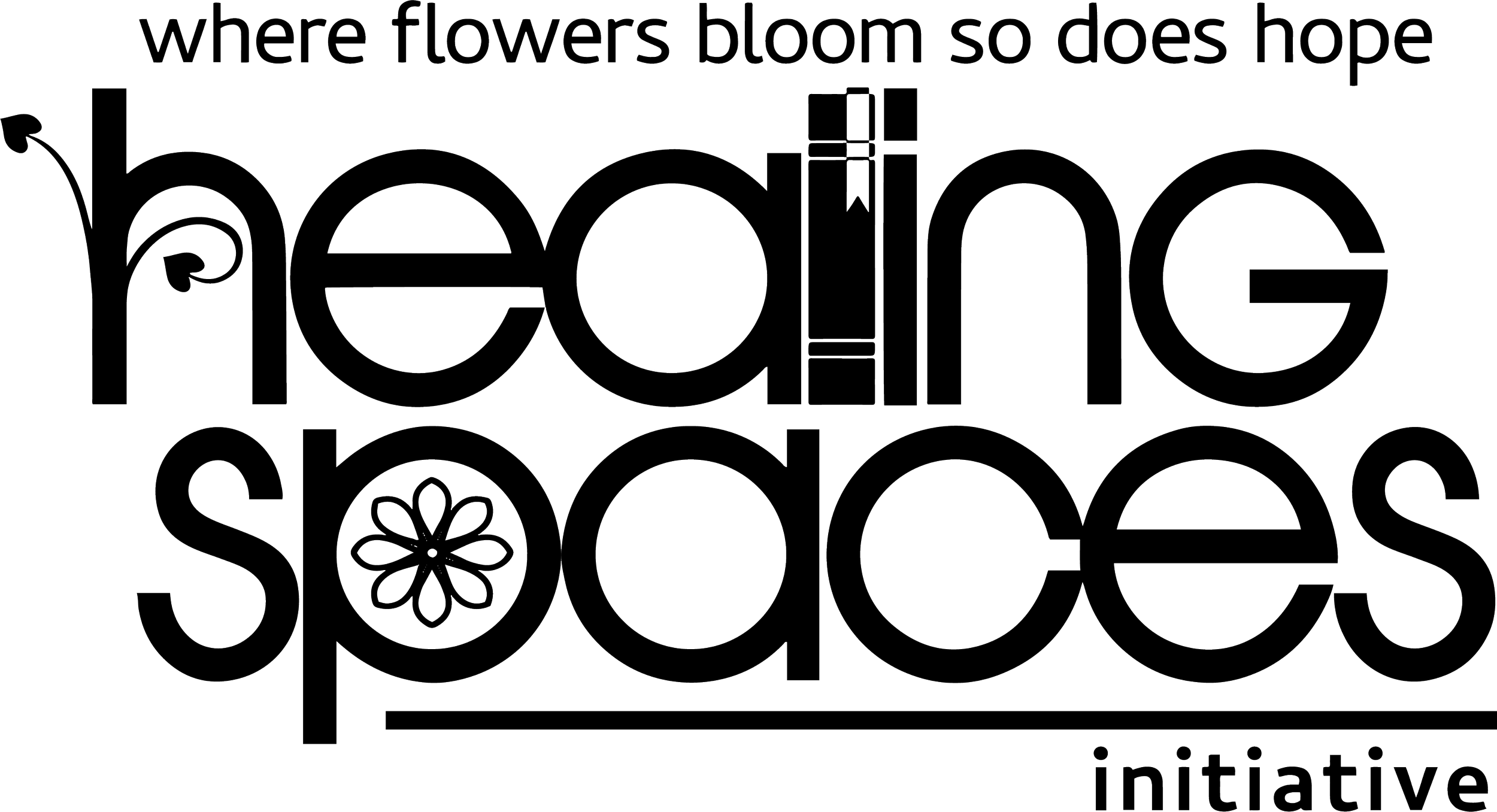Groundwork Milwaukee Connects the Dots on Flood Risk, Climate Change, and Public Health
Many Wisconsinites are familiar with the fact that Milwaukee ranks as one of the most segregated cities in the United States. This unfortunate status is no accident, but a result of historical government housing policy from the 1930’s. The goal of the policy was to slow down the rate of foreclosures that ran rampant in the years following the Depression. In this interview with the Wisconsin Environmental Health Network,
Young Kim explained how Groundwork Milwaukee crews were setting their sights on the very real and urgent matter of building resilient communities that can stand up to the effects of climate change, flooding in particular at the beginning of the season.
Network News: August 2023
Q: Where on Earth has Groundwork been?
A: The National BrownFields Conference!
“The National Brownfields Training Conference is the largest event in the nation focused on environmental revitalization and economic redevelopment. Held every two years, the conference attracts over 2,000 stakeholders in brownfields redevelopment and cleanup to share knowledge about sustainable reuse and celebrate the EPA brownfields program’s success.
The conference features a range of sessions, workshops, and networking events that cover topics such as financing, liability, and community engagement, with the goal of promoting the cleanup and revitalization of contaminated sites across the United States.”
Community Gardening at an all-time high in Milwaukee
Mid-summer inventory is in, and the Milwaukee Grows Garden Network has 100 gardens! That’s one hundred neighbors who’re reaching out to green Milwaukee and make their environment safer, greener, and healthier!
We can’t even cheer loud enough on this one but, HOORAY!
healing spaces grow on
The Healing Spaces Initiative continues to take root as the summer goes on. We’re opening to two more sites on Milwaukee’s South Side. Each is being hand designed to fit the needs of the neighborhood where it’s located, and is pretty cool! Literally.
Heat Islands Dial Up The HEat For Many Milwaukee Neighborhoods
Urban heat islands are created when surfaces like parking lots, sidewalks and streets absorb and hold onto heat. During heat waves, nearly 40% of Milwaukee’s residents are exposed to temperatures that are more than 8 degrees hotter than the temperature forecast, according to new data from Climate Central.
“We can’t air condition our way out of this,” said Young Kim, the executive director at Groundwork Milwaukee
Click the link below to hear Young’s and Danell’s Cross of Metcalfe Park Community Bridges’ conversation discussing climate change and the effect of heat islands in the city of Milwaukee.
Community Garden Spotlight: Florence Lambert
Chef Grian will be in the Lambert Community with Garden Leaders and the neighbors on September 9th, cooking up some snacks for cool weather.
Will we see you there?
Near and Far, Groundwork Milwaukee
Climate change is bringing more extreme rainfall to southeast Wisconsin, making it important to help local communities build up climate resilience by investing in practices, programs and planning that reduce flood risk. To do that effectively, cities need to know where to target resources and focus efforts.
Heat Islands Dial Up The Heat In Urban Environments
When heat waves descend, cities amplify the heat — a result of the urban heat island effect. A recent report from the nonprofit Climate Central took another look at that effect to understand where heat is most intense within 44 major American cities, including Milwaukee. It found that nearly 40% of Milwaukeeans feel eight degrees more heat due to the built environment. Some residents are exposed to temperatures more than nine degrees hotter than their rural surroundings.
The work echoes findings from a heat mapping campaign that took place last summer, in partnership between the Wisconsin DNR, the Milwaukee Metropolitan Sewerage District and the environmental nonprofit Groundwork Milwaukee. Citizen scientists recorded a 10-degree difference in the evening between the hottest and coolest parts of Milwaukee, with the hottest spots being in dense urban areas.
WUWM’s Lina Tran spoke with Young Kim, the executive director of Groundwork Milwaukee, and Danell Cross, the executive director of Metcalfe Park Community Bridges, which is located in one of Milwaukee’s hotspots for extreme heat. Read Full Article from WUWM 89.7 FM - Milwaukee's NPR
So MANY gardens
We’ve been busy supporting the Garden Leaders this summer- and a big part of that support is listening to and working to advance their plans for keeping their neighborhoods cool and dry this summer. Wherever they may live in the city.
If you’re interested in seeing how our interactive GIS maps work, head out to Milwaukee Grows Garden Network — Groundwork Milwaukee (groundworkmke.org) and scroll to find a community garden near you!
Groundwork Milwaukee attends the National Brownfields Training Conference
What is it? Glad you asked!
The National Brownfields Training Conference brings together stakeholders from government, industry, and the community to share knowledge and best practices on the remediation and redevelopment of contaminated properties, known as brownfields. The conference features a range of sessions, workshops, and networking events that cover topics such as financing, liability, and community engagement, with the goal of promoting the cleanup and revitalization of contaminated sites across the United States.
Attending the National Brownfields Training Conference can be beneficial for professionals working in fields related to brownfields remediation and redevelopment, such as environmental consultants, developers, attorneys, and government officials. The conference provides a platform for participants to learn about the latest technologies and strategies for cleaning up and reusing contaminated properties, as well as opportunities to connect with peers and potential partners. By sharing knowledge and best practices, the National Brownfields Training Conference plays an important role in advancing the field of brownfields redevelopment and promoting sustainable land use practices.
Of course, we took pictures! Have a look!






